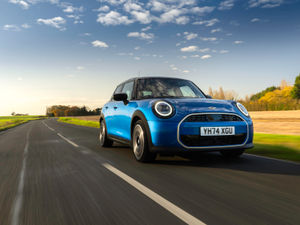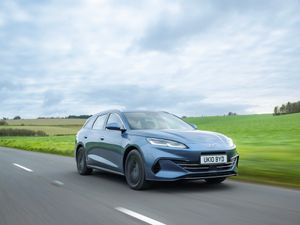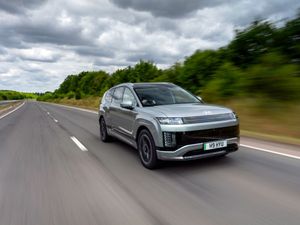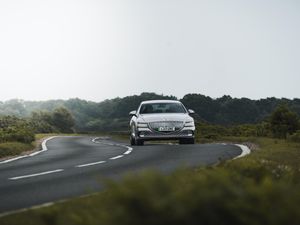The BYD Seal brings quality and style to the electric saloon market
BYD is expanding its line-up with the new Seal. Ted Welford tries it out in the Lake District.
What is it?
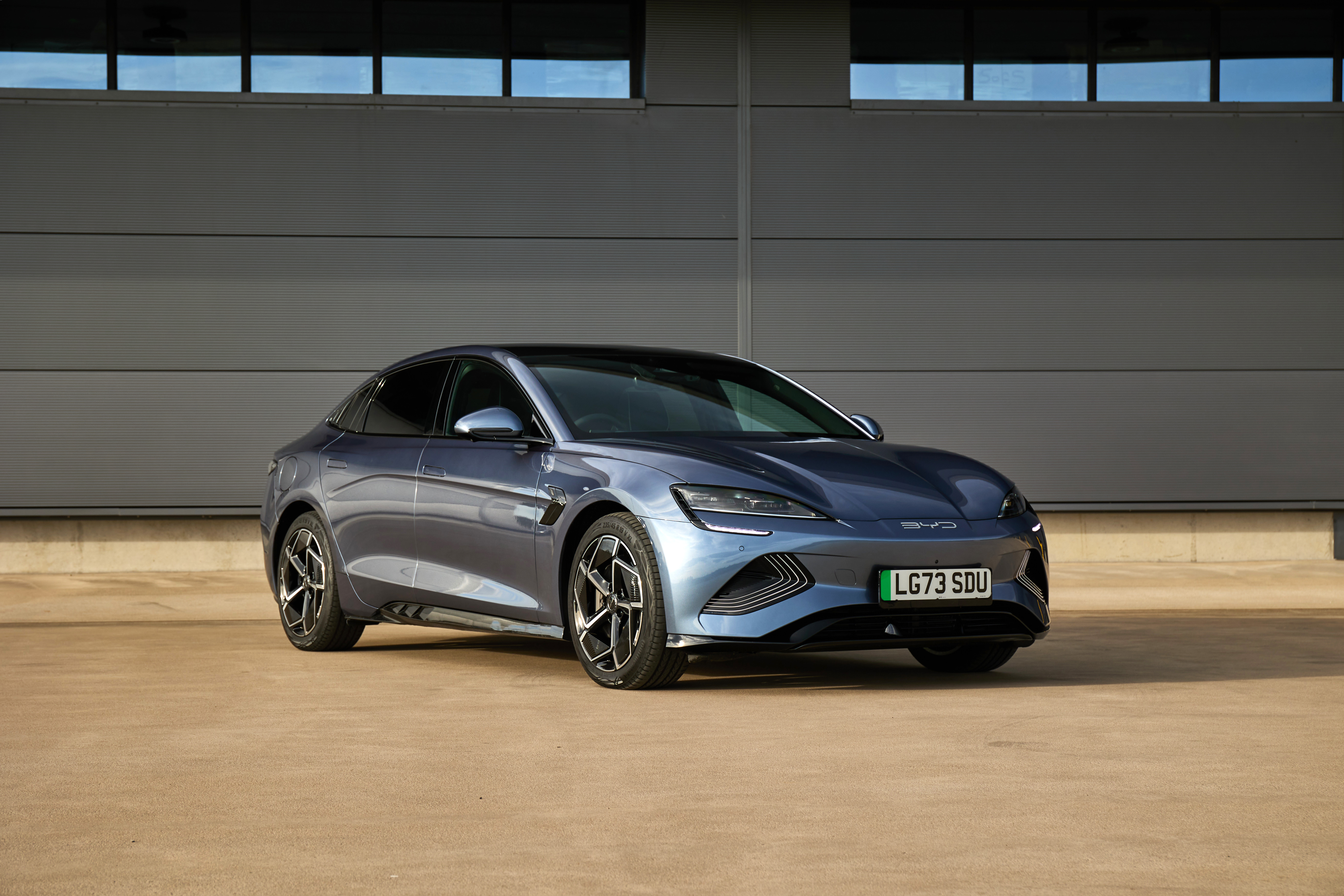
In Europe at least, BYD – standing for Build Your Dreams – is fairly unknown, but on a global scale, this Chinese brand is a big player. Selling 1.86 million ‘New Energy Vehicles’, including hybrid and electric cars, which is more than even Tesla managed.
It launched in the UK earlier in 2023 with the Atto 3 crossover, followed up by the Dolphin hatchback. You’ll notice that BYD has a ‘marine’ theme to it. Now it’s introducing a third model, the Seal, which arrives as a new halo model. We’ve driven it already overseas, but here’s our first chance to try it in the UK.
What’s new?

The Seal sits in what is known as the D-segment saloon market, and that means it goes straight into the firing line of the Tesla Model 3, one of the most successful EVs to date. It doesn’t help that Tesla has just updated its saloon too.
BYD started out in life as a battery manufacturer and is known for its technology as much as its cars – half of the world’s iPads are made by this Chinese giant – which is why the Seal features a battery that serves as part of the car’s structure and uses less precious resources than those in rival EVs.
What’s under the bonnet?

Like the Model 3, there’s a choice of two versions available – a more affordable rear-wheel-drive car and a sportier all-wheel-drive version. Each uses the same 82.5kWh battery, with a 30 to 80 per cent charge taking just under half an hour courtesy of 150kW DC rapid charging capability.
The rear-wheel-drive gets a single motor putting out 309bhp, and allows for a 0-60mph time of 5.7 seconds, but the all-wheel-drive car with its additional motor takes the power up to a plentiful 523bhp, with a 0-60mph time of 3.6 seconds.
In terms of range, BYD claims up to 354 miles for the rear-wheel-drive car, or 323 miles for the all-wheel-drive model. It’s a bit behind the 390 miles Tesla claims from its Model 3, and the 365 miles says with the BMW i4.
What’s it like to drive?

On our first drive in Germany, we were impressed with the Seal aside from one caveat – the overly intrusive driver assistance features. But BYD has worked hard to dial these features back in UK cars; they’re still there to help prevent collisions, but the vicious lane keep assist and irritating speed sign detection system are greatly improved.
While the all-wheel-drive with its 500bhp-plus offers startling performance, the standard car is more than fast enough, though both have their merits. Even on the wet, crumbling and undulating roads around the Lake District, the Seal performs well, with a comfortable and compliant ride on its 19-inch alloy wheels. The refinement could be improved, though, as you feel quite a few vibrations through the steering wheel and footwells when driving along.
We also got to test out the Seal around the test track of M-Sport, the company behind Ford’s rally cars. The grip levels are impressive, with a host of features really helping to pull this BYD around the corner at surprising speeds. Both on the road and track, though, the Seal’s brakes feel quite vague, in terms of performance as well as pedal feel.
How does it look?
All compact electric saloons seem to adopt similar styling, with the BYD Seal having the same swoopy design and short rear-end section as cars like the Tesla Model 3 and Mercedes EQE. By and large, it’s a smart-looking car though.
Details such as flush door handles, fancy LED lighting (which looks particularly cool at night) and contrasting gloss black sections give the Seal plenty of street cred. The rear of the BYD, which currently lacks any proper badge, looks a bit odd, though the firm tells us that it will soon introduce a ‘BYD’ emblem.
What’s it like inside?

Like the rival Model 3, the Seal’s cabin is dominated by a large 15.6-inch touchscreen. It does have a trick up its sleeve in the fact it can be rotated at the touch of a button from portrait to landscape, depending on your preference. The screen works well, though the majority of functions are operated through it, and a few more shortcut buttons would be helpful.
The general look and feel of the interior are smart, too, with lots of materials, including suede and leather-effect seats coming together to create an upmarket ambience, if not quite at BMW levels.
There’s a stunning full-length glass roof that fills the cabin with light, though rear passengers still have plenty of rear seat space, even in terms of headroom. The middle seat is quite cramped, however.
What’s the spec like?

Regardless of which Seal you go for, there’s a long list of equipment included, particularly from a safety point of view, as you get adaptive cruise control, a 360-degree camera system and blind spot monitoring. Elsewhere it features keyless entry, a digital instrument cluster and an electric boot.
In addition, the top-spec all-wheel-drive Excellence model brings semi-adaptive suspension and a head-up display, in addition to its huge increase in power.
Prices of the BYD Seal kick off from £45,695 and £48,695 for the all-wheel-drive model. Though the latter undercuts the equivalent entry-level Tesla Model 3, the standard version is considerably more expensive than the £39,990 for the cheapest Tesla.
Verdict
The BYD Seal is one of the most convincing cars we’ve seen so far in Europe from a Chinese car maker. This is an electric saloon that is largely good to drive, boasts a long electric range and features a smart interior filled with technology.
It’s a credible package and one that might only struggle because of the fact Tesla’s Model 3 undercuts it by quite a margin. With some slight price adjustments, though, the Seal would be a very desirable choice indeed.


